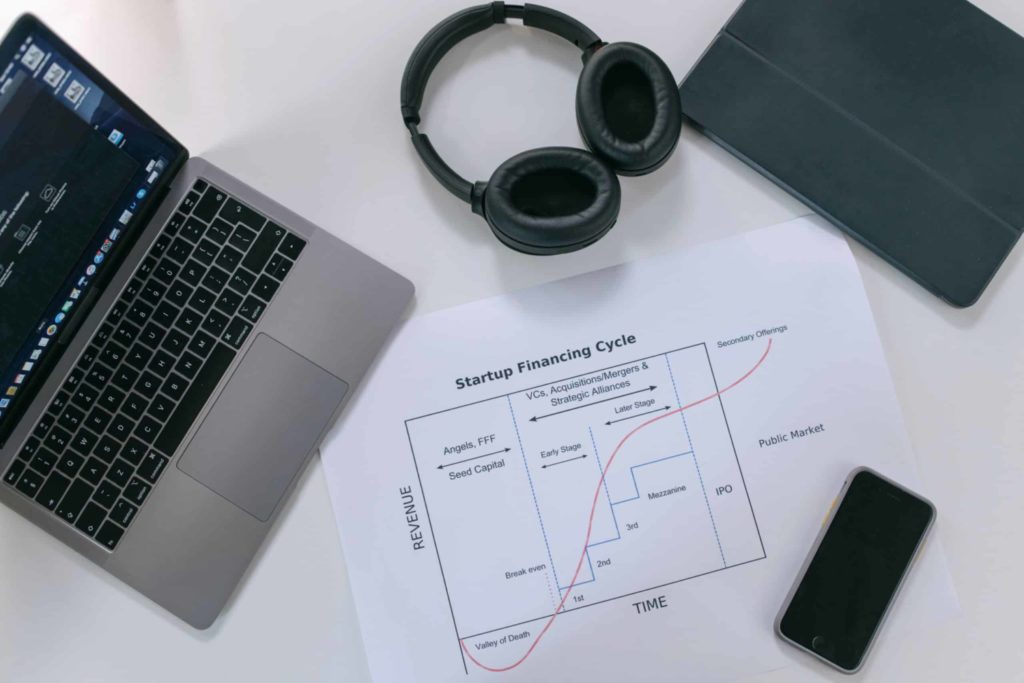Venture capital funds have been providing essential support to startups for decades, allowing entrepreneurs to bring their innovative ideas to life and create substantial returns for investors. If you’re considering investing in a venture capital fund, it’s important to understand the J-Curve – a key concept in the world of venture capital.
What is the J-Curve?
The J-Curve is a visual representation of the typical performance of a venture capital fund over time. It’s called the J-Curve because it resembles the letter J, with returns initially declining before increasing rapidly as the fund reaches maturity.
In the early stages of a venture capital fund, the focus is on investing in early-stage companies with high growth potential. These investments are inherently risky and the majority of startups will fail, leading to initial losses for the fund. However, as the fund matures and companies in the portfolio grow and mature, the returns begin to increase, eventually (hopefully) reaching substantial levels.
VC funds & IRR
VC funds track the performance of their funds over time with the metric Internal Rate of Rate (IRR), based on the returns being unrealised. IRR is the net present value of future cash flows. An example of the J curve dip in IRR is where a fund raises $50M, at day 1 the IRR is 0% as there are no future cash flows. On day 2 when the first investment is made in a start-up of $5M the IRR dips because we now have less cash in the fund. When that start-up raises again in 18-24 months, assuming at a higher valuation, the IRR lifts.
Over the first 2-3 years as the fund is investing the IRR can go up as start-ups may be revalued higher at their next raise and go down as investments are made and cash is deployed. Once the fund is fully invested you would hope to see IRR climbing steadily.
No guarantees of returns
It’s important to note the J-Curve is not a guarantee of returns – every venture capital fund is unique and the performance will depend on a variety of factors, including the quality of the investments, the management team, and the overall market conditions. However, the J-Curve provides a useful framework for understanding the typical performance of a venture capital fund over time.
It’s all about patient capital
The key to successful investing in venture capital funds is patience. Investors who are able to withstand the initial losses and hold onto their investments for the long term are more likely to benefit from the substantial returns generated by the most successful companies in the portfolio.
In conclusion, the J-Curve is a key concept for investors to understand when considering investing in a venture capital fund. By investing in a diversified portfolio of early-stage companies and providing long-term patient capital, venture capital funds aim to generate substantial returns for their investors. As with any investment, it’s important to do your research and consult with a financial advisor to determine whether a venture capital fund is a suitable investment for your portfolio.




